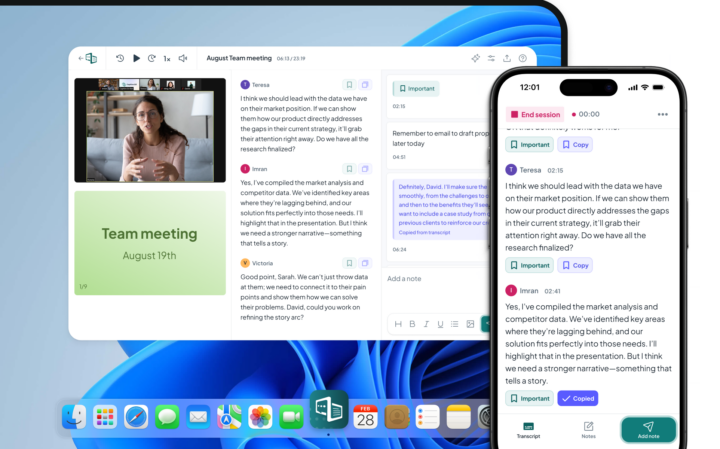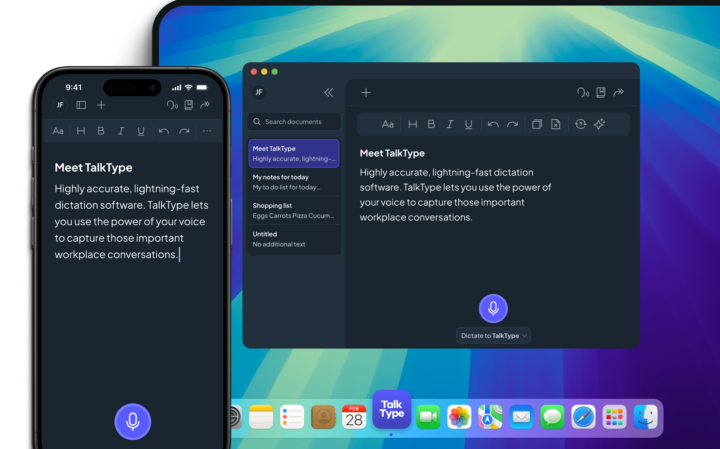Teachers, parents and family members can all encourage improved literacy by turning on subtitles and getting more children to read while they watch.
Captions Help ESOL Learners
One of the key benefits of captioning is the way it boosts comprehension of difficult to learn words for ESOL learners.
Professors from the University of Nottingham and the University of Western Ontario tested comprehension scores with Japanese speaking students by adding captions to an English-speaking TV programme.
Want to Know More About Our Products?
Learn More
They discovered that comprehension scores were higher in those who watched captioned episodes, but also much higher in 3 out of the 10 episodes. And these were the most difficult to understand.
The results of their study suggest captions have a significant impact on comprehension levels in ESOL learners, particularly when the spoken language may be difficult to understand.
Captions Assist with Information Recall
One of the other benefits of captioning is the way it supports information recall. And it’s proving to work for advertisers, who are gaining an advantage by adding captions to mobile app commercials.
Around 1 in 3 people now turn captions on on their phone when they’re in public settings. And around 50% of consumers surveyed said they needed captions because they often watch videos without sound.
In the same report, advertisers measured an 8% increase in ad recall and a 10% increase in ad memory quality with captions added.
So, by adding captions to instructional learning videos on YouTube, for example, viewer recall gets a marked boost.
Captions Increase Accessibility for Learners with Hearing Loss
Of course, captions are important for the 12,000,000 people in the UK who experience hearing loss.
But a report by UCL suggests the majority of people with hearing loss have had previous exposure to sound and language. And so adding words to a screen would be the most effective approach to include these people in any video broadcasts.
Despite this, the RNID reports that over 85% of people with hearing loss tried to add captions to on-demand programmes but couldn’t. And so there remains a significant gap for those with hearing loss.
Plus, to drive more inclusivity, hearing loss charity StageText set up Captioning Awareness Week. By highlighting the stark reality that most people with hearing loss can’t access museums, galleries or theatre performances, they’re helping to raise more awareness. And, to help them gain access to these learning opportunities, many venues like the RSC employ professional captioners to deliver live captioning on screens.
Captions Support Students to Focus
One more of the benefits of captioning is the way it keeps students on track with their learning.
Studies show there is widespread use of captions among students, at least some of the time. And of course, higher education students have many distractions, making captioning an excellent way to assist when focusing on lectures.
Lecturers speak at around 2-3 words per minute. And so live captioning, including transcriptions, can free up students to spend more time understanding what the lecturer means and not having to take down every word they say.



